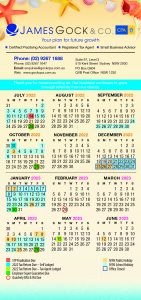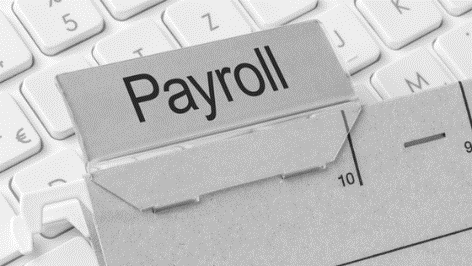
We are thrilled to announce that we have achieved Xero Gold partner status, a milestone that reflects our commitment to providing high-quality bookkeeping, accounting and tax services to our clients in Sydney and beyond.
Xero is a cloud-based accounting software that helps small and medium-sized businesses manage their finances, invoicing, payroll, reporting and more. As a Xero Gold partner, we have access to exclusive benefits, such as dedicated account managers, priority support, training and marketing resources.
This means we can offer our clients even more value and expertise when it comes to their accounting needs. Whether you are looking for bookkeeping, tax compliance or business advisory services, we can help you leverage the power of Xero to streamline your processes and grow your business.
We would like to thank our loyal clients for their trust and support, as well as our amazing team for their hard work and dedication. We look forward to continuing our partnership with Xero and delivering exceptional results for our clients.
If you are interested in finding out more about Xero and how it can benefit your business, please contact us today. We would love to show you how Xero can make your accounting easier and more efficient.








